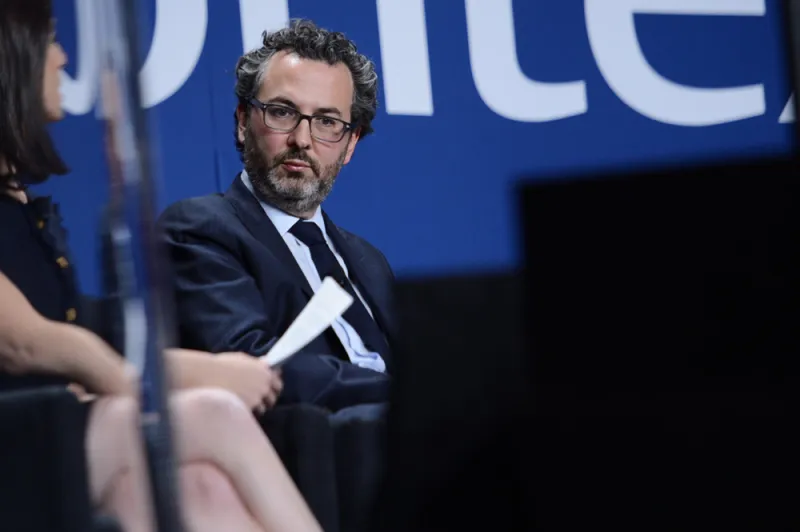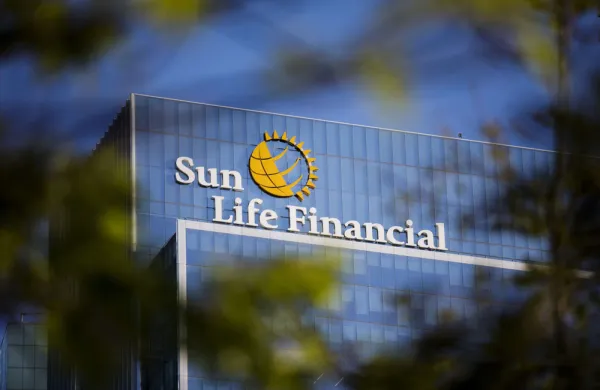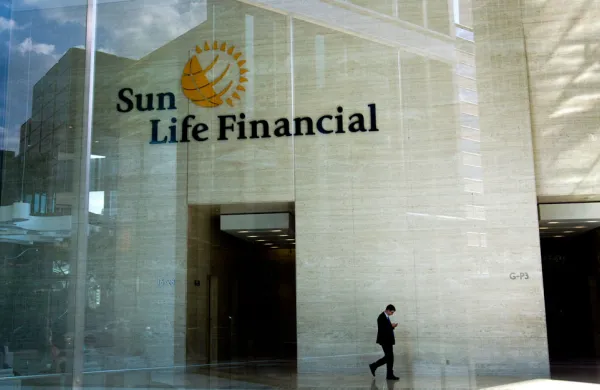TFG Asset Management, part of closed-end fund Tetragon Financial Group, is merging its real estate joint venture – GreenOak Real Estate – with Bentall Kennedy, the real estate and property management business owned by Sun Life Investment Management.
The combined entity, which will be called Bentall GreenOak, will have $46 billion in assets under management.
Reade Griffith co-founded Tetragon in 2005 as an independent affiliate of his multistrategy hedge fund firm Polygon Global Partners.
“These two franchises operate on very different ends of the risk-return spectrum. They don’t have a lot of overlap in either investment strategies or even offices,” said Stephen Prince, head of TFG Asset Management, in an interview.
TFG Asset Management owns minority and majority private equity stakes in asset managers. In addition to TFG Asset Management, Tetragon invests in bank loans, real estate, equities, credit, convertible bonds, private equity, infrastructure and other assets.
[II Deep Dive: How Tetragon Financial Profits From Complexity]
“What informs the logic of the deal is that institutional investors in real estate are increasingly looking for single managers that can provide products in multiple regions and strategies with various risk return profiles in debt and equity,” Prince added. Bentall GreenOak will remain a strategic investment for TFG Asset Management, which will retain a 13 percent stake and get fixed quarterly payments and a portion of the earnings over the next seven years.
John Carrafiell and Sonny Kalsi, co-founders of GreenOak, and Bentall CEO Gary Whitelaw will lead the combined firm. Bentall GreenOak will offer core, core plus, and value-add real estate, as well as senior and tactical real estate debt. It will have 14 offices in North America and 7 internationally.
The combined business is valued at $940 million. Tetragon, which is listed on the Amsterdam Stock Exchange, will get $42.5 million.
The deal gives Sun Life a 56 percent stake in the new company. The remaining stake will be owned by GreenOak shareholders, which include Carrafiell and Kalsi, other GreenOak senior managers, and TFG Asset Management. Sun Life will have the option of acquiring the remaining interest in GreenOak in approximately 7 years. The transaction, which needs to be approved by regulators, is expected to close in the first quarter 2019.
TFG Asset Management will be on the board of Bentall GreenOak and participate on the investment committees of the funds in which it holds a carried interest. TFG Asset Management will also continue to invest in the firm’s funds.
Tetragon formed a venture with GreenOak’s partners eight years ago, providing working and co-investment capital and operating infrastructure. The manager now has approximately $9.4 billion in assets and more than 100 employees.
“We often back managers in niche capacity-constrained strategies,” said TFG’s Prince. Tetragon – via its investment in TFG – is designed to provide a framework that allows managers to plug into an asset management platform that offers everything from risk management to legal, compliance functions, and technology.
Griffith said he and Carrafiell often invested in the same real estate stocks when Carrafiell was still at Morgan Stanley.
“When John left Morgan Stanley to start his own firm, I quickly approached him about whether there was some way we could help him start a broader based real estate investment firm,” said Griffith. “Subsequently, Sonny and Fred [Schmidt] also decided to leave and we all began talking in earnest about building a new venture in 2010.”
Tetragon may ultimately spin off the TFG Asset Management arm and bring it public, according to the company. But the merger between GreenOak and Bentall Kennedy is an alternative way to build one of its businesses. “Along the pathway towards an IPO, there are other levers that we can pull to enhance the different businesses that we own. We thought this was really a compelling thing to do,” said Prince.







